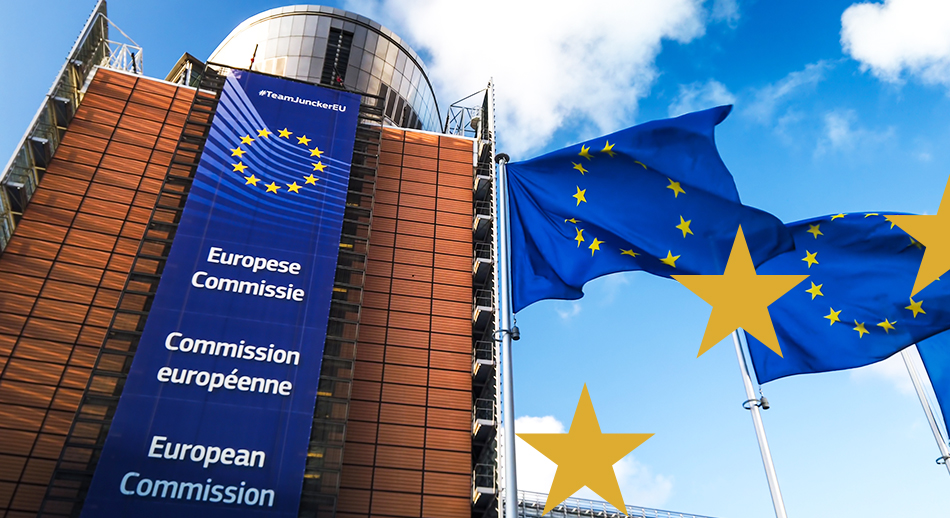Budget and European Programs, two concise guides to learn about and explore the European Commission’s official view of major EU programs.
Insights into 2021-2027 programming
We have devoted a special section of our Guide to the 2021-2027 Programming . They cannot miss, from our library of “guides” and from our in-depth studies on the subject, two important publications from the European Commission, which provide an excellent overview of this seven-year period of European projects: both financially and in terms of content.
Knowing the point of view of project funders and their view on programming is, of course, a fundamental condition for making successful proposals. Let us discover together these documents, which supplement some with more in-depth information the prospectus published on the appropriate page of our Guide. .
A recap guide on the seven-year European funds
A first, indispensable guide to understanding European funds and programs is the one the European Commission prepared in April 2021, in the aftermath of the official approval of the seven-year EU budget and the “package” known as the Recovery Instrument.
It can be downloaded here. Why is it interesting?
- Because it presents, in just a few pages, with official data and infographics, thefinancial allocation of all European programs, their relationship to the community budget and, through this, provides a complete and concise overview of everything that exists in the world of European funds;
- Because it presents a summary description sheet for each individual European program, providing the information-basics necessary to understand its nature and degree of relevance to one’s business. In fact, for each individual program, the available budget, objectives, the type of actions it carries out, the type of projects it funds, the main beneficiaries, the financial implementation modalities, and links to get more information are defined;
- Because it provides, in the appendix, an overview of the resources that are allocated to individual countries (Structural Funds, Recovery and Resilience Facility, agricultural and rural development funds). Which allows us to answer a frequently asked question: “How much funding is available for our country“? ( spoiler: About 350 billion euros. The calculation varies depending on the parameters being considered).
Understanding European programs: vision and indicators
A second very interesting guide is the one devoted to “macro” indicators of community programs. It is closely related to the previous one and to the community budget: in fact, it serves to define its “performance framework,” that is, to provide the parameters for measuring its effectiveness.
It can be downloaded here. Why is it interesting?
- Because it provides, too, a concise overview of each community program, each one summarized in a simple one-page prospectus that summarizes, along with other details, its financial programming, challenges, mission, objectives, actions, and methods of implementation;
- Because in this prospectus it provides, in addition to the above elements, some useful and more particular information, such as the link to the impact assessment of the “previous version” of the program and the summary description of the new features compared to the 2014-2020 programming;
- Because it provides, for each program, a rich set of indicators (of impact, outcome and output: something we we discuss here ), the related sources of verification and, where possible, an indication of their baseline and target value. It is very interesting to know what measures the effectiveness of a project in the eyes of those who fund it: being able to demonstrate effective contribution to these indicators is a sure sign of the quality of a proposal.
An extra gear to understand European programming
This brief review should give sufficient reasons to dive straight into reading these documents: they represent an important “building block” in our understanding of community programs in this seven-year period. We will take up some elements of this in the pages of our Guide.




